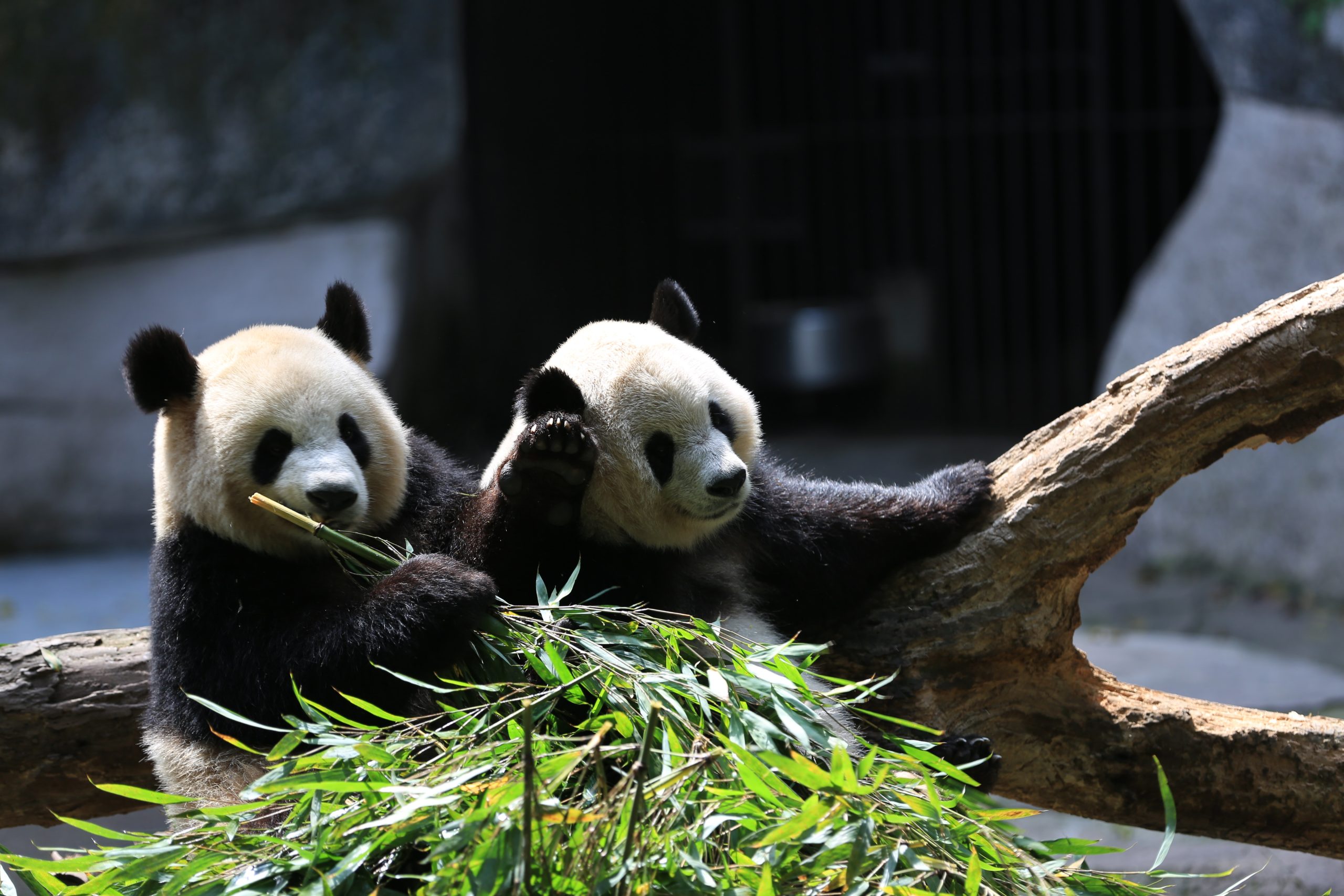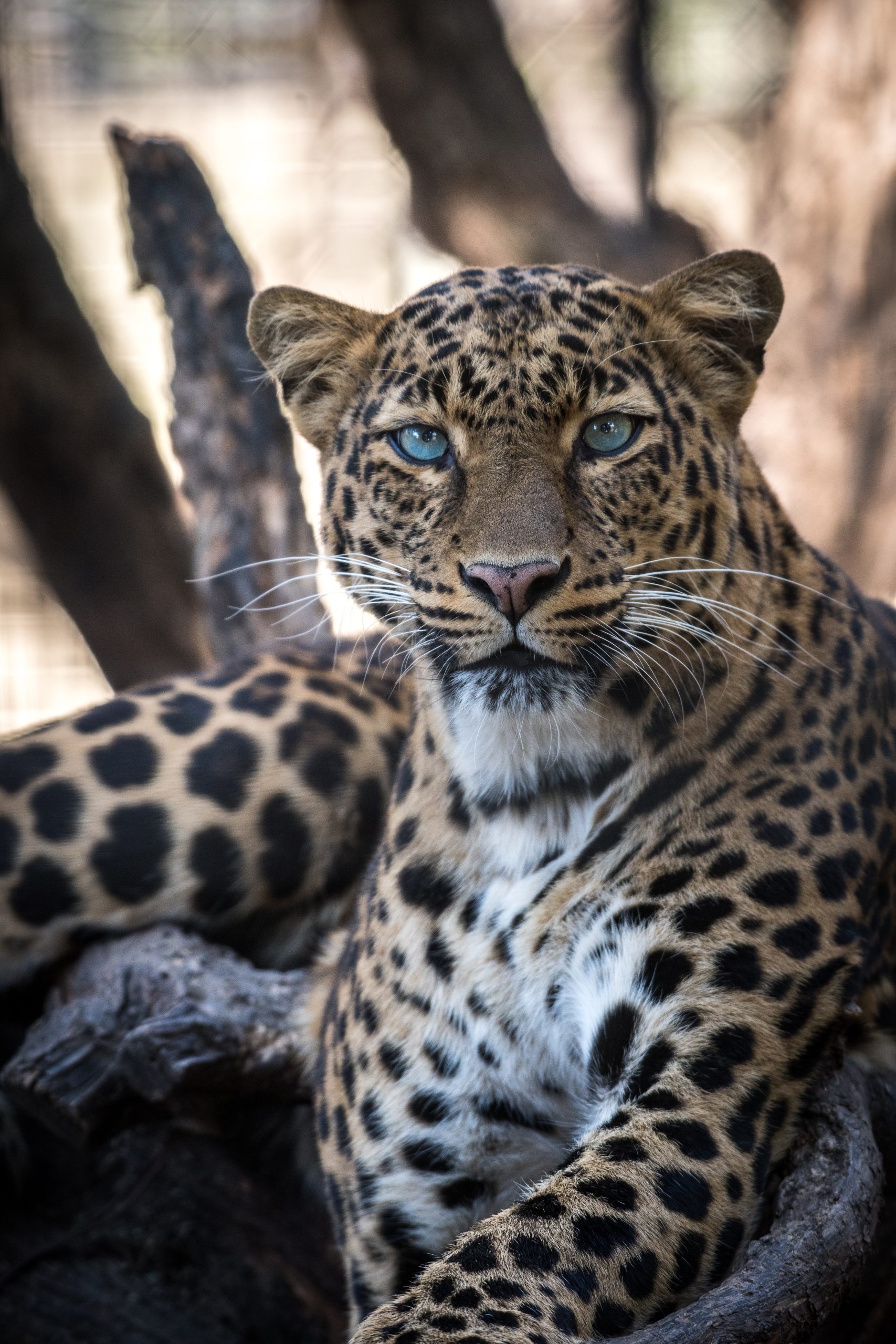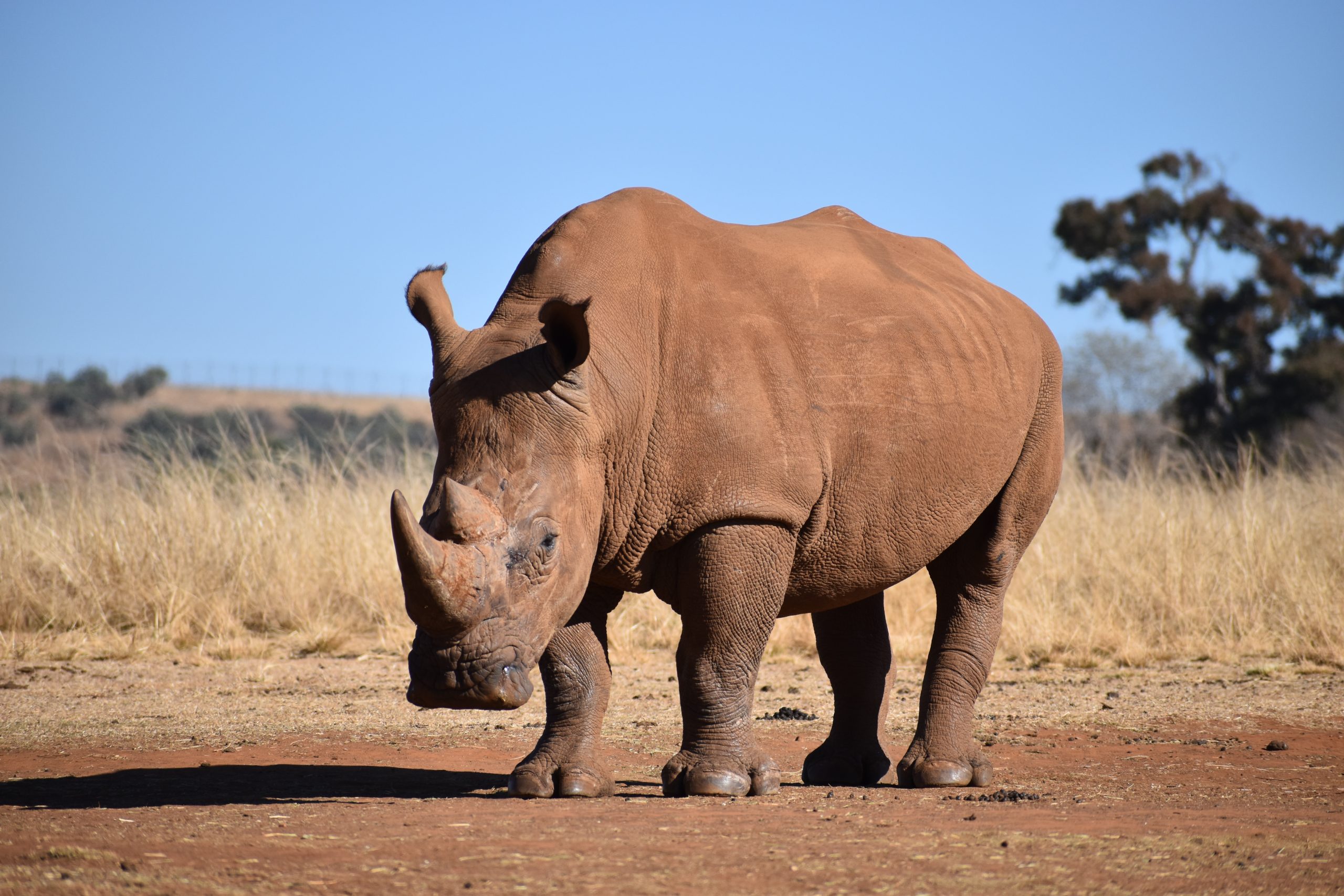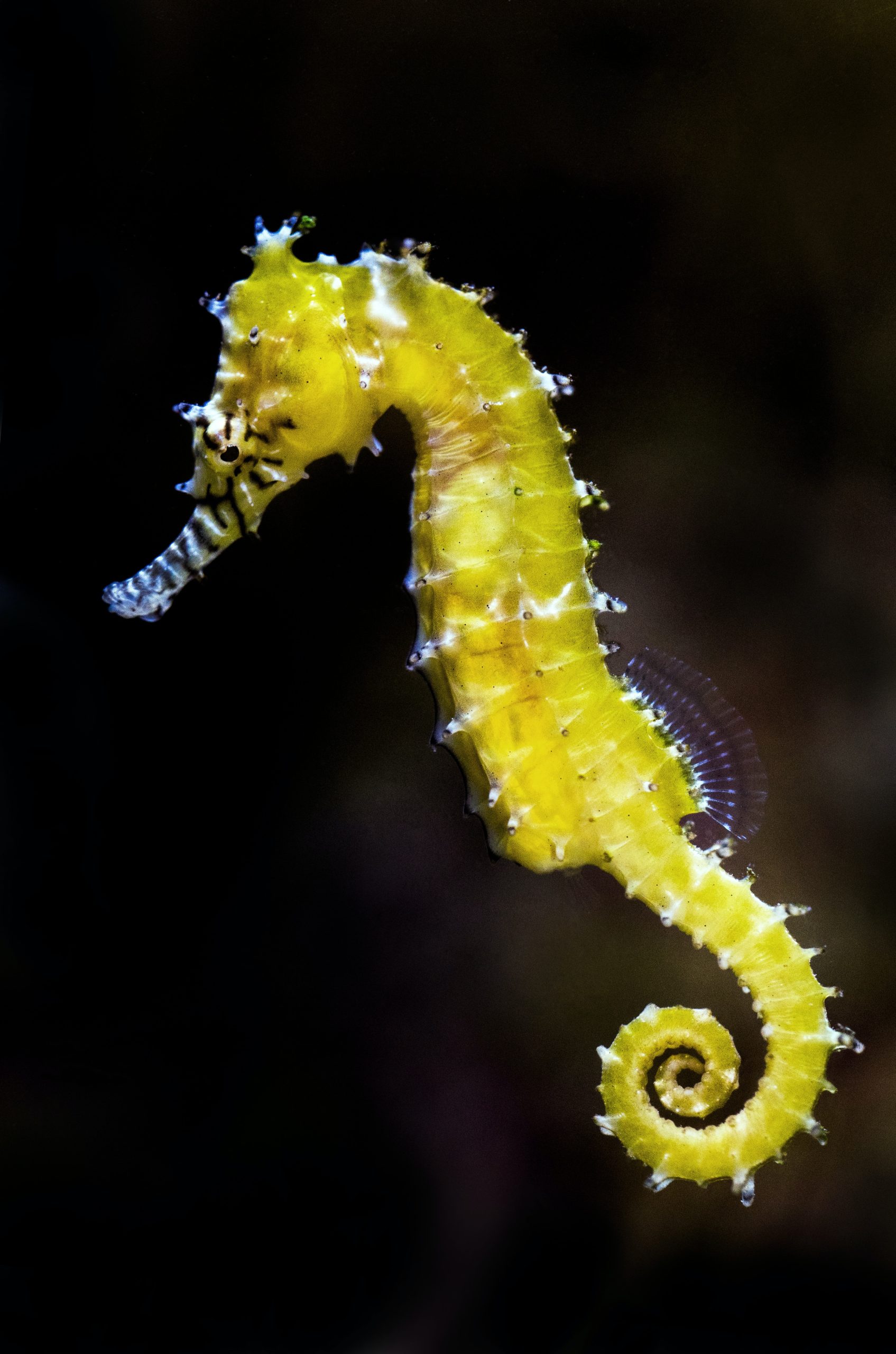t is my responsibility to shed light on important issues and bring attention to matters that impact our planet and its inhabitants. In this article, we will delve into the plight of pandas, one of the world’s most iconic and beloved animals, as they face the threat of extinction. With their distinctive black-and-white coats and playful personalities, pandas have captured the hearts of people around the globe. However, behind their cute exterior lies a sobering reality – pandas are endangered, and their survival is at risk.
The article will start with a captivating lead that draws readers’ attention to the urgency of the situation, such as:
“Deep in the mist-shrouded mountains of China, a battle is being fought to save one of the most beloved creatures on Earth – the giant panda. With its iconic black-and-white coat and endearing appearance, the panda has long been a symbol of wildlife conservation efforts. Yet, despite decades of conservation work, pandas are still in peril, and their future hangs in the balance.”
Next, I will provide a thorough overview of the current status of pandas as an endangered species. This will include relevant statistics, such as population numbers, threats to their survival, and the challenges they face in their natural habitat. I will also discuss the primary factors contributing to the decline of pandas, such as habitat loss, fragmentation, and climate change, as well as human activities such as poaching and illegal wildlife trade.
To bring the story to life, I will include personal anecdotes or quotes from experts, conservationists, and researchers who are actively involved in panda conservation efforts. This will provide insights into the challenges they face on the ground, the strategies they are employing to protect pandas, and the progress being made in conserving this iconic species.
In addition, I will highlight the various conservation initiatives, both local and international, that are working tirelessly to protect pandas and their habitat. This will include examples of successful conservation projects, such as habitat restoration, anti-poaching efforts, and community engagement programs. I will also mention the involvement of government agencies, non-profit organizations, and local communities in the conservation efforts, showcasing the collaborative approach being taken to save pandas from extinction.
As a journalist, I will also strive to present a balanced perspective by addressing any controversies or challenges associated with panda conservation. This may include discussing debates around captive breeding programs, reintroduction efforts, and the role of tourism in panda conservation. I will seek input from multiple sources to provide a well-rounded view of the complex issues surrounding panda conservation.
To conclude the article, I will emphasize the urgent need for continued efforts to protect and conserve pandas, as well as highlight the importance of preserving their habitat and addressing the root causes of their decline. I will encourage readers to take action, whether it be through supporting conservation organizations, spreading awareness, or making sustainable choices in their daily lives.
Throughout the article, I will adhere to journalistic ethics by ensuring accuracy, impartiality, and integrity in my reporting. I will use reputable sources, fact-check information, and verify data to provide a reliable and credible article. I will also provide proper attribution to all sources used, as per standard journalistic practices.
In terms of my distinct style, I may employ vivid and descriptive language to paint a picture of the pandas’ natural habitat and behaviors, creating an emotional connection with readers. I may also use quotes, anecdotes, and storytelling techniques to engage readers and make the article relatable and impactful.
In conclusion, “Pandas in Peril: The Fight to Save an Endangered Species” will be a compelling and informative article that raises awareness about the challenges faced by pandas and the conservation efforts underway to protect them.










